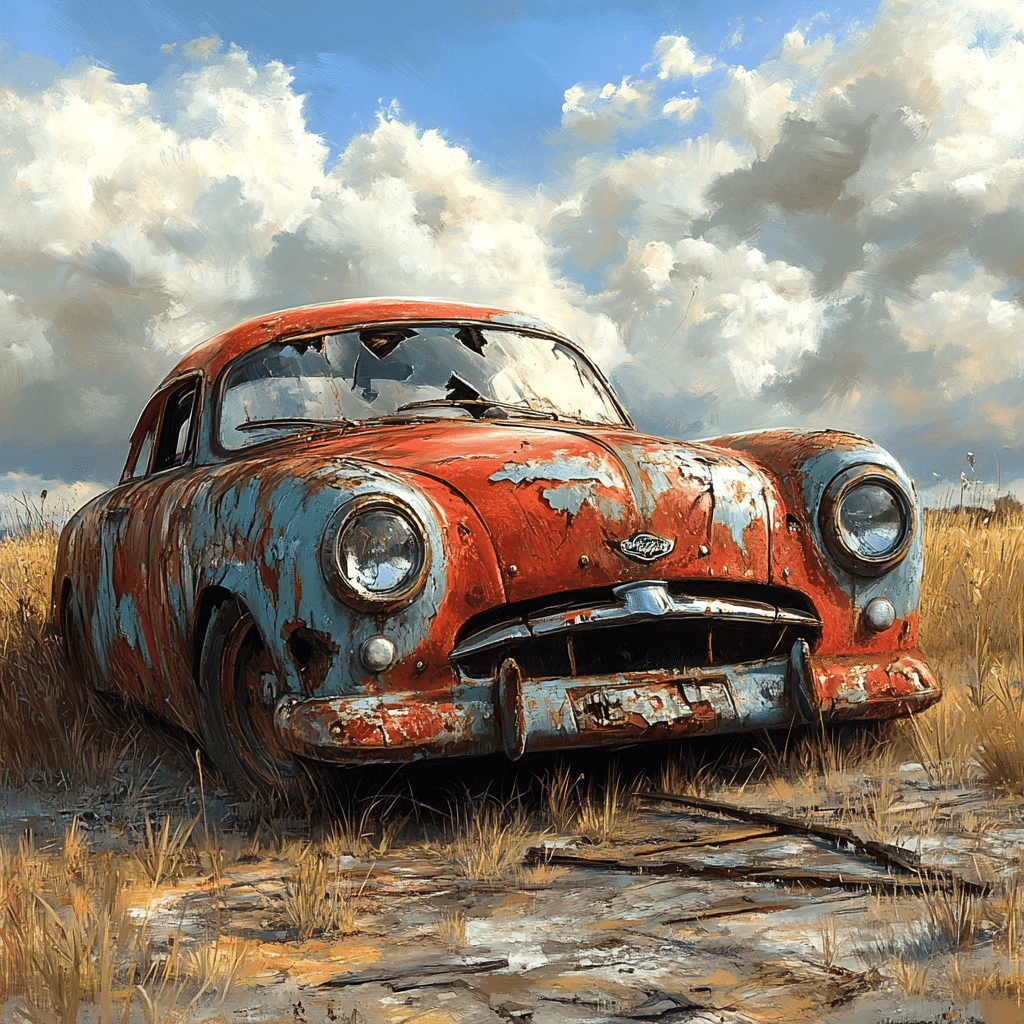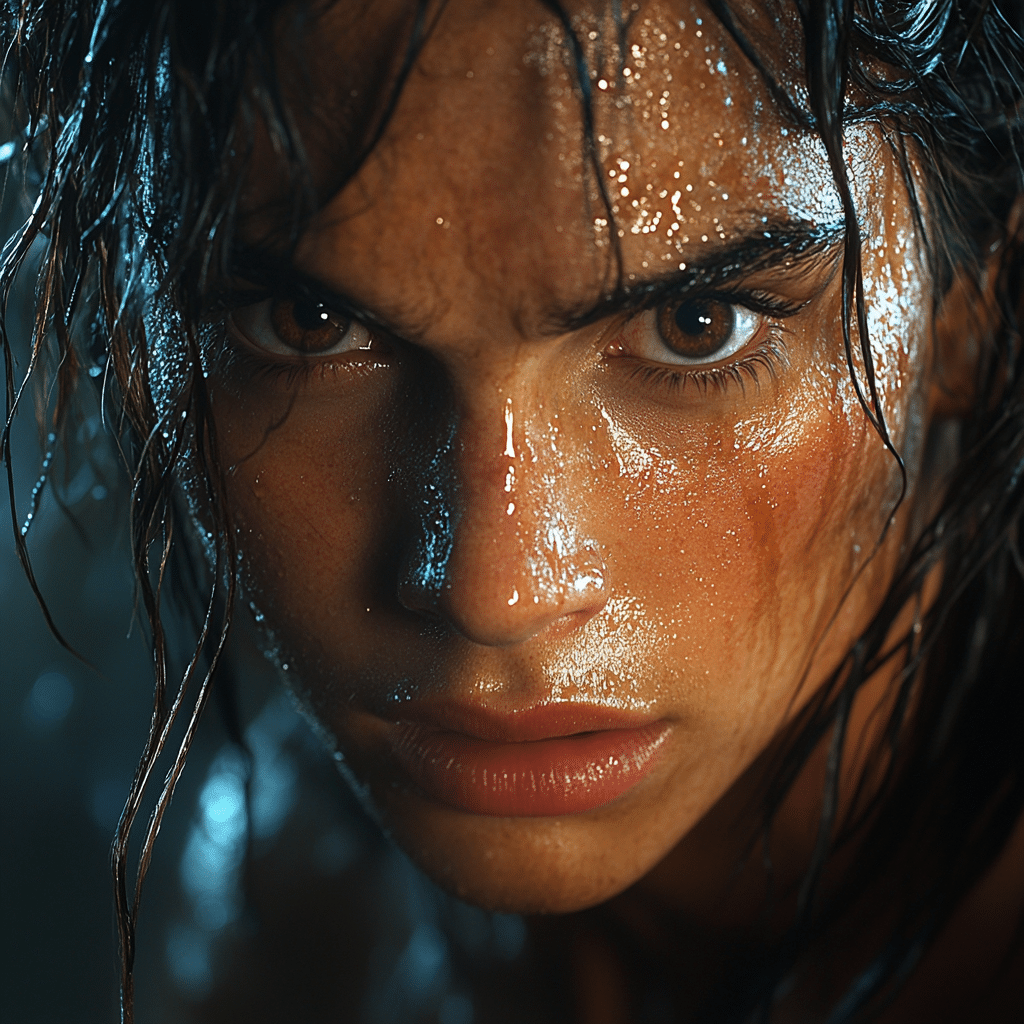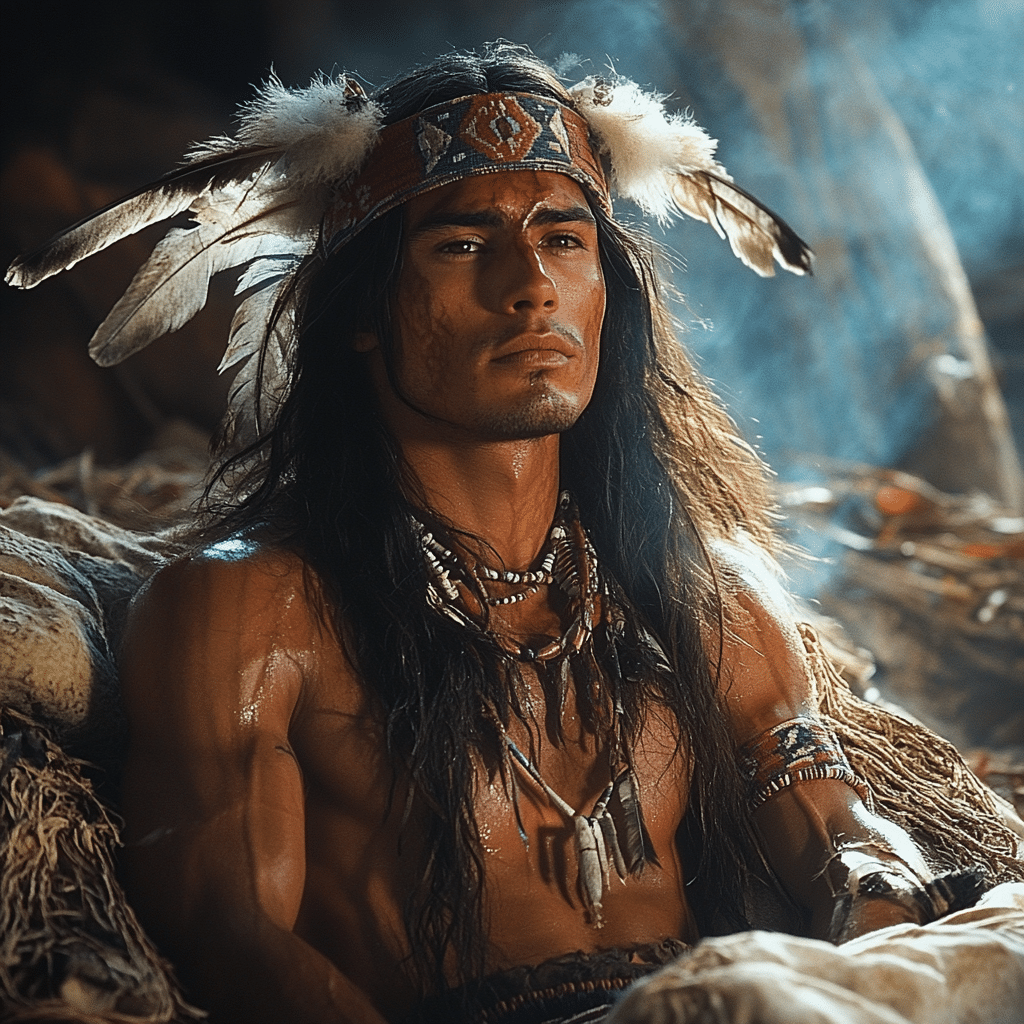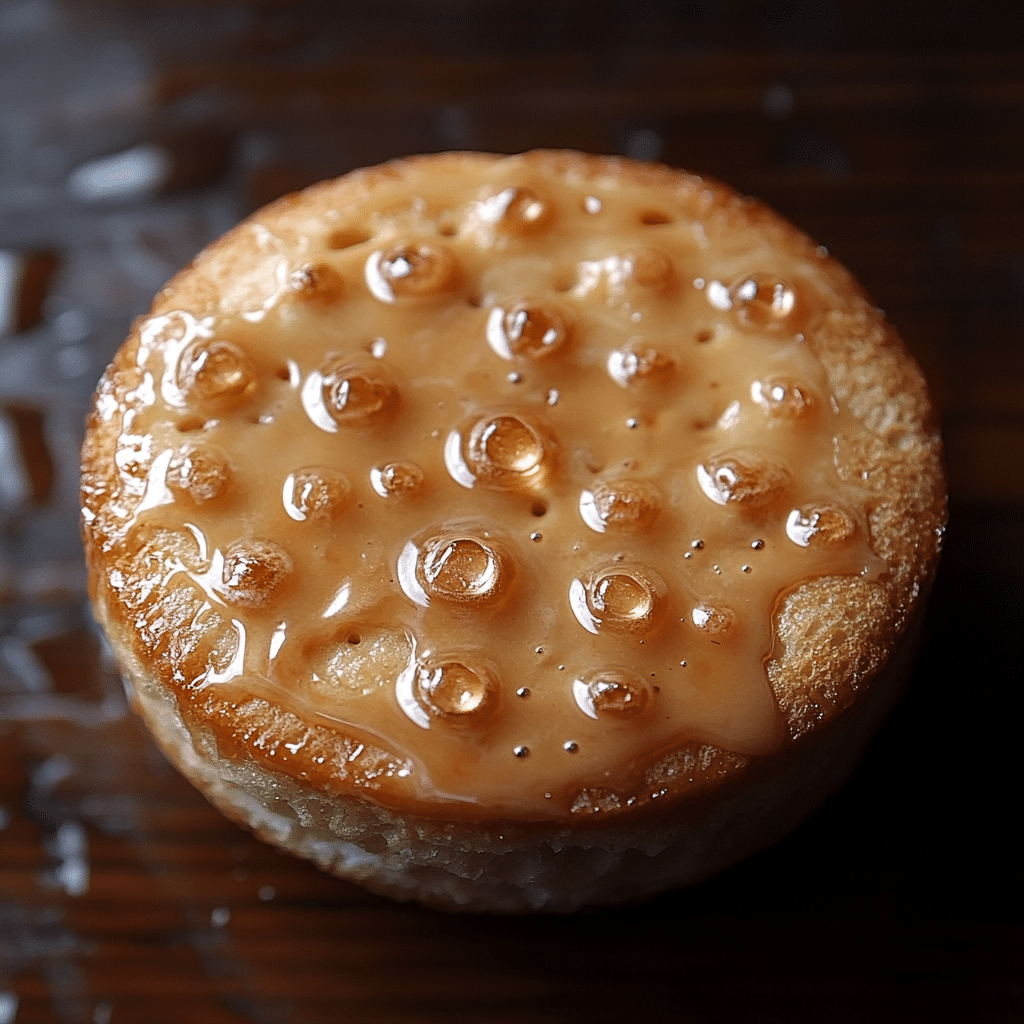In the vibrant world of animated racing, Chick Hicks zooms in as one of the most formidable rivals of our beloved Lightning McQueen. Known for his aggressive style and relentless drive to claim the checkered flag, Chick Hicks embodies the harsher side of competition that one often encounters in NASCAR. From his flashy design as a 1979 Shyster Cremlin, inspired by a 1981 Buick Regal, to the unforgettable voice brought to life by Michael Keaton, Hicks remains an iconic force in the “Cars” franchise. So, buckle up, folks, as we take a deep dive into Chick Hicks’ character evolution and the impact he has made in this animated universe, not to mention how he captures the spirit of fierce rivalries that come alive in real-world racing circuits.

Top 5 Reasons Chick Hicks Remains a Memorable NASCAR Antagonist

1. Ruthless Winning Tactics
When it comes to winning races, Chick Hicks leaves no stone unturned. His notorious cutthroat tactics on the racetrack often put him at odds with Lightning McQueen’s more honorable approach. Whether he’s intentionally intimidating his competitors or exploiting their weaknesses, Chick isn’t afraid to play dirty. This ruthless persona mirrors the psychological games often found in real NASCAR rivalries. Think of moments where Dale Earnhardt went head-to-head with Jeff Gordon, both engaging in mind games that drove fans wild. ÜBer-unfriendly rivalry? You bet!
Chick’s tactics not only elevate the stakes in races but also add depth to his character, lending a sense of realism to a story that’s all about high-speed family entertainment.
2. Complex Character Development
While it’s easy to paint Chick Hicks as your typical arrogant antagonist, his character arc throughout the “Cars” series adds layers often lacking in cartoon villains. Initially introduced as a boastful figure, viewers see how his obsession with winning reflects the pressures faced by real-life NASCAR racers, like Kyle Busch. Just like Busch has to juggle personal ambition and public scrutiny, Chick grapples with his relentless desire to be the best.
By showcasing these complexities, the franchise does more than entertain kids; it invites audiences to reflect on the breadth of competition. Understanding Chick’s motivations helps viewers appreciate the nuances of rivalry, both on-screen and in real-life sports.
3. Cultural Representation of Competitiveness
Chick Hicks serves as a cartoonish yet relatable portrayal of the intense competition found in motorsports. His flamboyant personality and aggressive driving style highlight a culture deeply entrenched in the push for victory. Just like the legendary rivalry between Richard Petty and David Pearson, Chick mirrors how sports can supersede mere gamesmanship.
In that way, he’s not just an antagonist; he represents a cultural archetype of fierce competition, showing us that sometimes, the thirst for winning might overshadow the spirit of sportsmanship. The truth is, it’s all about that healthy (or not-so-healthy) rivalry that keeps fans on the edge of their seats.
4. Marketable Personality and Merchandising
As a character, Chick Hicks has transformed into a marketing powerhouse, appearing in everything from toy lines to video games. His eye-catching design and bold demeanor resonate with fans of all ages, making him a popular character for merchandise. This is similar to how real NASCAR personalities, like Danica Patrick, have been promoted to enhance brand visibility.
Chick’s presence in various forms of media reinforces his significance within the “Cars” franchise and highlights how characters can effectively become marketing icons, paving the way for broader conversations about branding in the racing industry.
5. Iconic Voice Actor and Performance
The charisma of Chick Hicks isn’t just in his design; it’s amplified significantly by Michael Keaton’s masterful voice performance. Keaton injects a charismatic yet menacing vibe into the character that makes him unforgettable. Voice acting adds another layer to character development, enhancing their quirks and flaws in ways that visual design alone cannot achieve.
This synergy reflects how voice actors contribute to the creation of animated legends. You can think of it in comparison to Owen Wilson’s portrayal of Lightning McQueen, which perfectly encapsulates that charm and charisma that audiences fell in love with.

The Impact of Chick Hicks on the Narrative Arc of ‘Cars’
Chick Hicks is more than just a rival; he’s a driving force behind Lightning McQueen’s narrative arc. Their rivalry isn’t just about competition; it acts as the catalyst for McQueen’s transformation from a self-centered rookie to a humble champion. This doesn’t just follow a classic sports journey—it’s a reflection of real-life racing narratives filled with personal growth.
Much like the stories of racing legends such as Jimmie Johnson and Tony Stewart, who faced their share of challenges, McQueen’s evolution is deepened by his intense rivalry with Chick. The stakes are high, and the emotional rollercoaster of competition invites audiences to reflect on what it truly means to win—or lose—along the way.

Chick Hicks: A Reflection of Reality in Animation
When you look closer, Chick Hicks isn’t just a character in a animated film about cars; he embodies the very spirit of competition found in the world of NASCAR. His flamboyant personality and ruthless tactics symbolize the intense rivalries that make motorsports so engaging. By fleshing out Chick as a well-rounded antagonist, the creators provide modern audiences with relatable narratives while captivating younger viewers.
In a way, Chick Hicks serves as a mirror reflecting the urgency and excitement of competition. The well-crafted nature of his character shows how antagonists can bring richness to sport-driven narratives, making them not only entertaining but also insightful.
Chick Hicks stands out as one of the most captivating figures in the “Cars” franchise. His role as a formidable antagonist, combined with his reflection of the harsher realities of competitive racing, adds layers to the overall narrative. As the racing world continues to change, one thing is certain: Chick Hicks will remain a lasting symbol of high-stakes competition and the unyielding drive to achieve one’s dreams. In a way, he transcends the screen, making him an enduring character both in the realms of entertainment and the adrenaline-fueled universe of motorsports.
So, the next time you watch “Cars,” remember Chick. He’s much more than just a green car with a loud mouth and big dreams—he’s a reminder of the fierce spirit of competition and the lengths people will go to chase success. And hey, that’s a story worth telling!

Chick Hicks: The Fierce NASCAR Rival of Lightning McQueen
Chick Hicks, the notorious antagonist of the Cars franchise, didn’t just roll onto the scene as your typical racing villain. His character was heavily inspired by real-life NASCAR drivers, blending traits that make him both intriguing and relatable. For those who recognize the fierce competition in racing, it’s not hard to see how Chick embodies the cutthroat nature of the sport. You’re left wondering what makes a character like him tick. Speaking of cutthroat, did you know the cast of Survival of the Thickest features actors navigating their own fierce competition?
Behind the Wheel: Chick’s Character
With his green and black paint scheme, Chick Hicks stands out on the racetrack, but it’s his personality that leaves a lasting mark. He aims for the spotlight, showing us that ambition can be a double-edged sword. His character often does whatever it takes to win, even if that means not playing by the rules. In that sense, Chick Hicks is much like the controversy surrounding Alex Murdaugh’s age; just when you think you know the persona, new layers emerge that make you question everything.
Trivia That Makes You Go “Whoa!”
Speaking of characters, while Chick Hicks is revving up the emotional drama, he’s also an example of how dynamic character design can be. Sharks in animated films are often depicted as villains too. It reminds me of the diverse cast of tricks played by the fish from Shark Tale—or how Chelsie Kyriss seems to uniquely connect dots between people in her own sphere. Likewise, the animation in Cars uses clever designs to boost character identity, emphasizing traits like Chick’s cocky demeanor.
To top it all off, Chick Hicks isn’t just about intimidation; he’s a cultural icon too. In a world where “Drake’s leaked” tracks might dominate discussions, Chick leads the conversation about competition and rivalry in the animated universe. Just like how potential car buyers consider What Is a good credit score To buy a car, racers like Chick weigh the cost of their ambitions. When examining the fierce dynamics of competition—whether in racing or in life—it’s apparent that there’s a lot to learn from this animated rival!

What car is Chick Hicks based on?
Chick Hicks is based on a fictional 1979 Shyster Cremlin, designed after a 1981 Buick Regal in NASCAR form.
Why wasn’t Michael Keaton Chick Hicks in Cars 3?
Michael Keaton couldn’t voice Chick Hicks in Cars 3 because he was busy with Spider-Man: Homecoming, and timing just didn’t work out.
What is Chick Hicks supposed to be?
Chick Hicks is supposed to be a fierce competitor in the racing world, known for his aggressive tactics and a desire to win at any cost.
What caused the crash of Chick Hicks?
The crash caused by Chick Hicks during a race, often referred to as the Dinoco 400 Crash, resulted from his reckless behavior, leading to a three-way tie at the finish line involving Lightning McQueen and The King.
Why did Chick Hicks get booed?
Chick Hicks got booed by fans because of his unsportsmanlike conduct and the way he raced, which rubbed people the wrong way.
Why is the king number 43?
The King is number 43 because that’s the number associated with the iconic NASCAR driver Richard Petty, who is a major inspiration for the character.
Did Chick Hicks get banned from racing?
Chick Hicks was indeed banned from racing after repeatedly displaying unsafe and unsportsmanlike behavior on the track.
What happened to Doc Hudson’s Cars?
Doc Hudson’s cars, particularly the Hudson Hornet, are valued classics, and although details about their fate aren’t specified, it’s suggested they became rare collectibles.
How old is Lightning McQueen in Cars 1?
In the first Cars movie, Lightning McQueen is portrayed as being 18 years old, fitting the character’s beginner status in racing.
What does 86 mean in Chick Hicks?
The number 86 on Chick Hicks signifies his racing number, which he uses competitively on the track.
What happened to Bobby in Cars 3?
In Cars 3, Bobby gets a bit of a moment as he struggles with the challenges of new racing technology and the evolution of the sport, highlighting his growth as a character.
What car did Richard Petty drive?
Richard Petty famously drove the number 43 car, a legendary figure in NASCAR history, becoming an inspiration for The King character.
Why did McQueen reject Dinoco?
Lightning McQueen rejects Dinoco’s offer because he values his connection with his friends and team over the allure of fame and fortune that comes from signing with a major sponsor.
Who is Lightning McQueen based on?
Lightning McQueen is based on several real car models, with the most notable influences being the McLaren F1 and the Chevrolet Corvette.
What kind of car is Doc Hudson?
Doc Hudson is a 1951 Hudson Hornet, a classic car that embodies a rich racing history in the Cars universe.

























